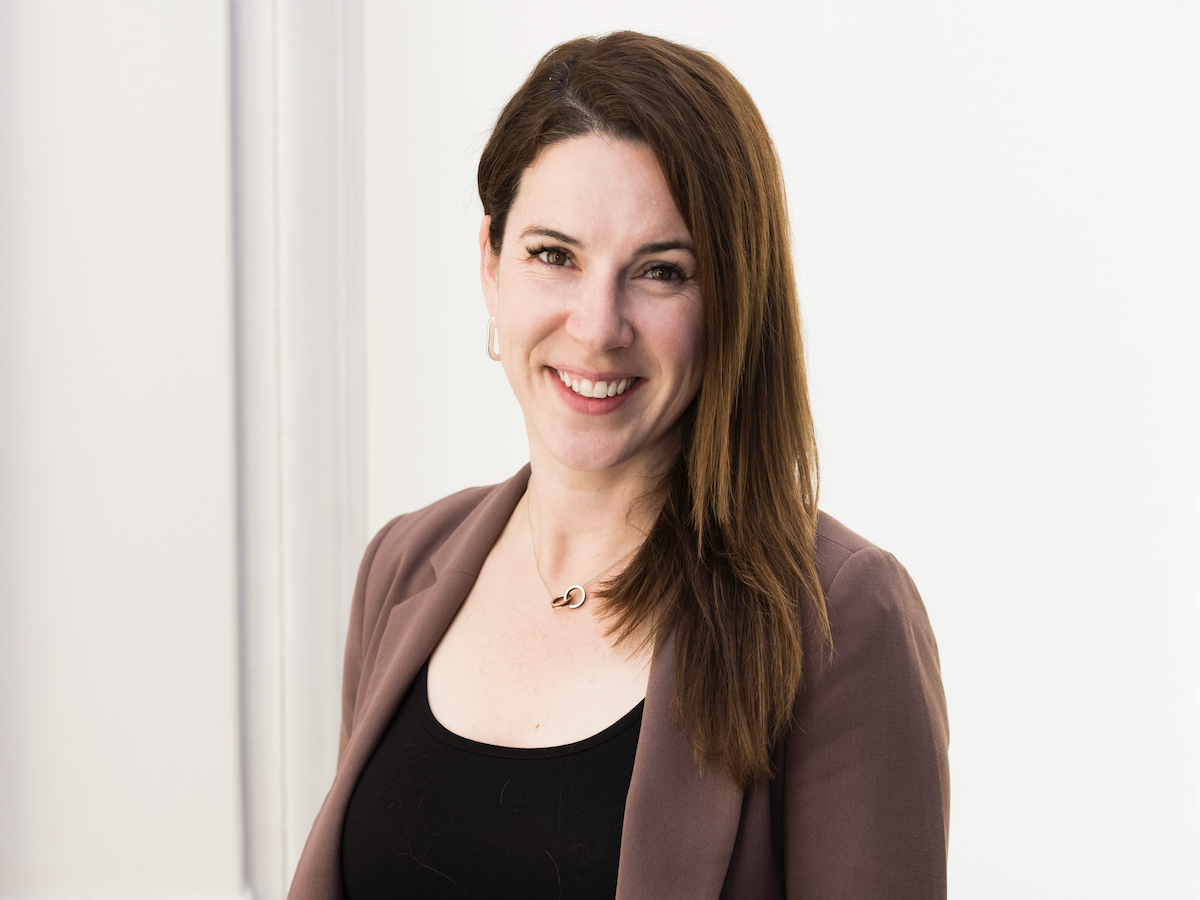

Collaboration is the new competition when it comes to wellness, according to Lisa Bélanger, behavioural change expert and researcher, during the keynote session at Benefits Canada’s 2024 Healthy Outcomes Conference.
People have an innate desire to belong and connecting with others is fundamental to the human experience, she added. “[Only] about five to 10 per cent of the population considers themselves competitive. When it comes to behavioural change, [competition] isn’t a great way to create it and yet, we have so much workplace wellness programming based on competition. I want to challenge that thought process both from a . . . workplace wellness perspective, but also the other ways it can impact your life.”
Bélanger said she’s often asked by employers how to create community at work. “Simplest answer — ask. Ask the people you’re trying to create a community for what they want to do to connect. Stop assuming and putting your biases on them. Within your workplace, within your team, rules of engagement are fantastic. People tend to hesitate, . . . but it actually helps newcomers [understand how to socialize and connect].”
Read: Shopify’s Workplace Benefits Awards win helping expand employee wellness programs
The No. 1 leadership characteristic, as defined by the top four consulting companies for the last five years, is empathy, she noted, adding that empathy needs to be practiced and rewarded. And when people practice empathy, it isn’t about relating to the other person; that’s something to offer after showing empathy by putting the spotlight on the other person.
Another major issue around connecting at work is burnout, said Bélanger. In particular, those in a caregiving position can feel burnout pile up in both their work and personal lives. “Burnout is considered a workplace phenomenon, not a psychological illness, because it’s an environment issue. When we think of the impact that has on stress leave, it’s something we all need to pay attention to.”
While workload is one of the main contributing factors to burnout, she also highlighted identifying a personal value system and social validation as important aspects because people really do want a thumbs up or a pat on the back.
In addition, fairness and community can also play a role in preventing workplace burnout, she noted. “Community has a protective effect on all types of mental illness. It’s fascinating to me that we’re not putting more emphasis on it when the research clearly states community is the No. 1 thing that determines your mortality and morbidity, your length and quality of life.”
Read: 69% of Canadian workers experiencing symptoms related to burnout: survey
And it’s not just about self-care, it’s also about team care, added Bélanger, noting research during the pandemic showed that, if one person is burnt out, everybody on the team is more likely to become burnt out, even more so if it’s a leader.
Breaks can also be particularly important to employee well-being, according to research she cited, except for social media breaks. “The part of our brain on during heavy decision-making and . . . work isn’t adequately shut off when we scroll through social media. [The types of] breaks with the highest [return on investment] are connecting with yourself, connecting with nature and connecting with others.”
Ultimately, employers can’t afford to underestimate the importance of community and connection. “[Employers] need to invest in it. Our organizations need to invest in it to create space for social connection. It’s fundamental to the human experience, but the data also supports it unbelievably from a retention [and] recruitment perspective.”
Read more coverage of the 2024 Healthy Outcomes Conference.
